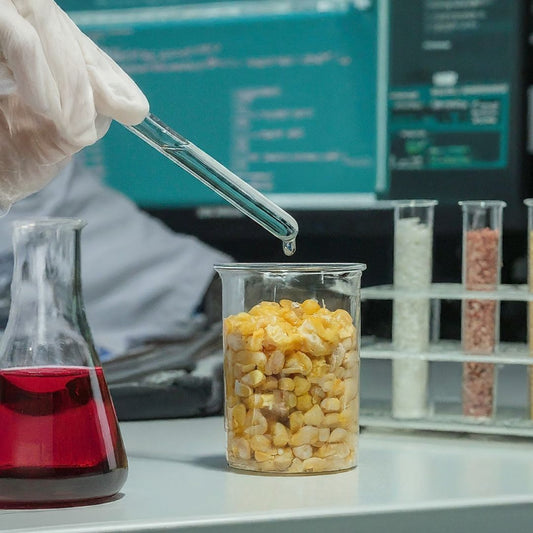Rubin Observatory to Transform Sky Surveys: A New Era of Cosmic Discovery
Share
What Is Rubin Observatory & LSST?
The Vera C. Rubin Observatory, located at Cerro Pachón in Chile, is a joint project between NSF and DOE. It’s designed to carry out a 10-year survey of the sky called the Legacy Survey of Space and Time (LSST).
Central to its power is a gigantic 8.4-meter telescope combined with the world’s largest digital imaging camera (~3,200 megapixels) — the LSST Camera.
Early Wins: First Images & Discoveries
In its first ~10 hours of observing, Rubin has already discovered 2,104 previously unknown asteroids, including seven near-Earth objects.
The first images also captured detailed views of deep-sky objects — for example, the Trifid and Lagoon nebulae, plus thousands of galaxies including some from the Virgo Cluster.
One released image alone revealed ~10 million galaxies in just that slice of the sky. This represents only ~0.05% of Rubin’s expected total catalog size over its full survey time.
How Rubin Will Change Sky Surveys
Rubin is not just another telescope — it shifts how we look at the sky in several major ways:
Feature What It Enables / Why It’s Transformative
Large Field of View + Rapid Cadence It will cover the entire visible southern sky every 3-4 days, enabling identification of changes over time (transients, supernovae, etc.).
Massive Data Volume Expect ~20 terabytes per night, with final datasets on the order of ~500 petabytes over 10 years. Scientists worldwide will draw on this trove.
Discovery of Solar System Objects Millions of new asteroids, comets, and possibly interstellar visitors. Rubin will significantly advance planetary defense, helping us detect objects earlier and more reliably.
Time-Domain Astronomy With repeated imaging, it can spot things that vary in time: cosmic explosions (supernovae), variable stars, moving objects, etc. These phenomena need regular revisit observations, which Rubin is designed for.
Deep & Wide Imagery Rubin’s first “look” images already show very faint, distant features (nebulae, galaxy clusters). Over time, “stacked” images will reveal even fainter structures.
Challenges & What to Watch
Calibration & Image Quality: Even with great hardware, achieving stable, high-quality images over wide fields requires precise calibration. Rubin is currently in its commissioning phase, fine-tuning optics and software.
Data Management: A data flow of tens of terabytes per night, processing, storage, distribution — all of this is nontrivial. Making data accessible and useful globally is a big task.
Identifying & Following Up on Transients: When Rubin spots something interesting (e.g. a supernova or near-Earth object), follow-up observations with other telescopes will be key. Speed and coordination matter.
Broader Impacts
Dark Matter / Dark Energy Studies: Rubin is expected to produce maps and measurements that constrain cosmological models and help us understand the universe’s accelerating expansion.
Astronomy Community Access: With regular public releases, many scientists (including those not directly involved with Rubin) will be able to mine the data for diverse discoveries.
Public Engagement & Education: First images have already captivated the public. Rubin’s mission encourages global involvement, whether via “first-look” events or via tools like SkyViewer that let people explore images.





